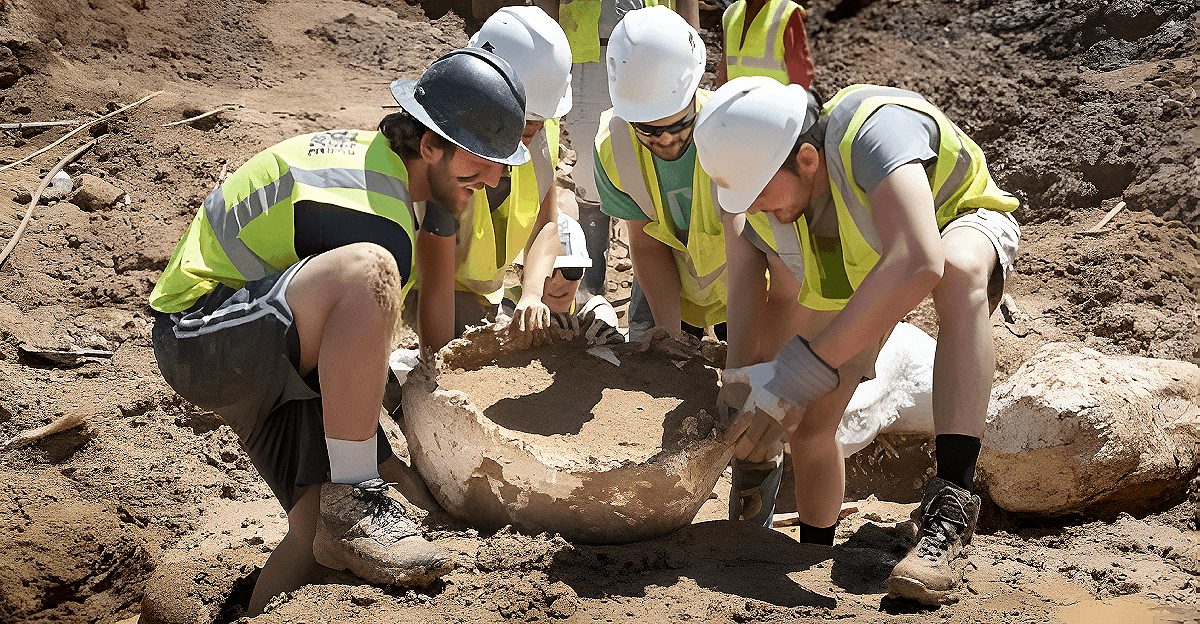
Drillers at the Denver Museum of Nature & Science were searching for geothermal energy under its parking lot when they found something amazing—a fossilized dinosaur bone, over 760 feet deep. Museum scientists were thrilled because fossils are rarely found this deep.
News of the discovery quickly spread through Denver. “Leave no stone unturned has taken on new meaning for paleontologists,” the museum said, describing how unexpected and special this fossil truly was.
Raising the Stakes
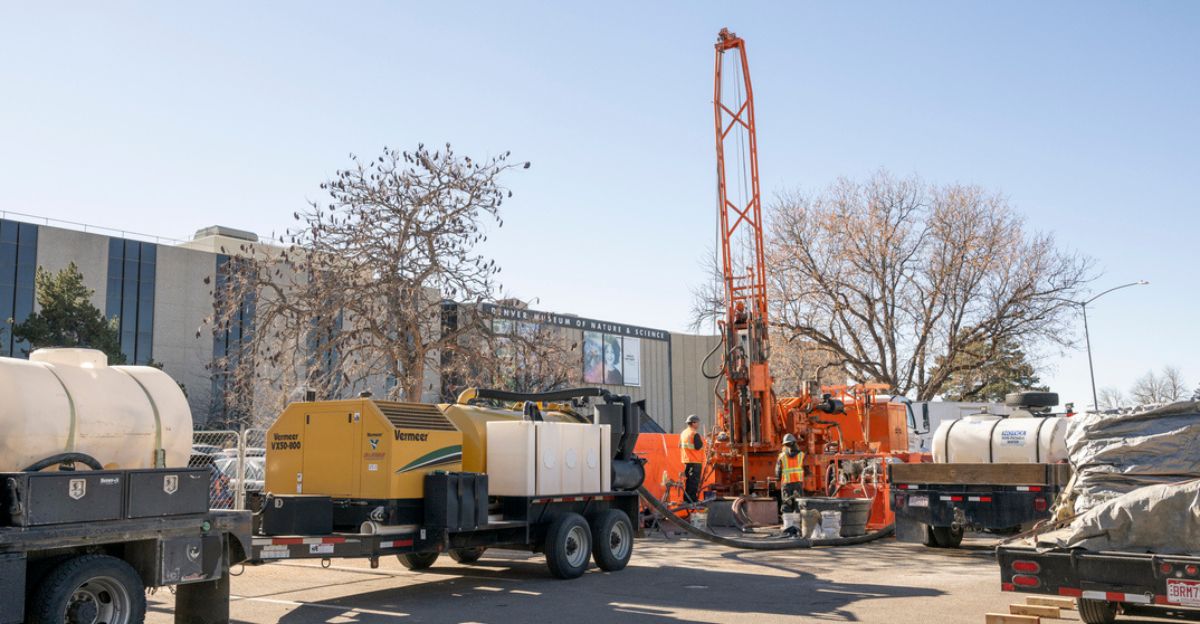
The drilling project started as a way to help the museum use cleaner energy and cut down pollution. Funding from science organizations and the state helped pay for the geothermal exploration. Then, the fossil discovery made the project much more important.
Museum leaders decided to look closer at their samples for anything else hidden underground. The combination of energy and ancient bones became a hot local news topic, building excitement for future research. “This is a scientifically and historically thrilling find for both the Museum and the larger Denver community,” said Dr. James Hagadorn, the museum’s geology curator.
Denver’s Fossil Record
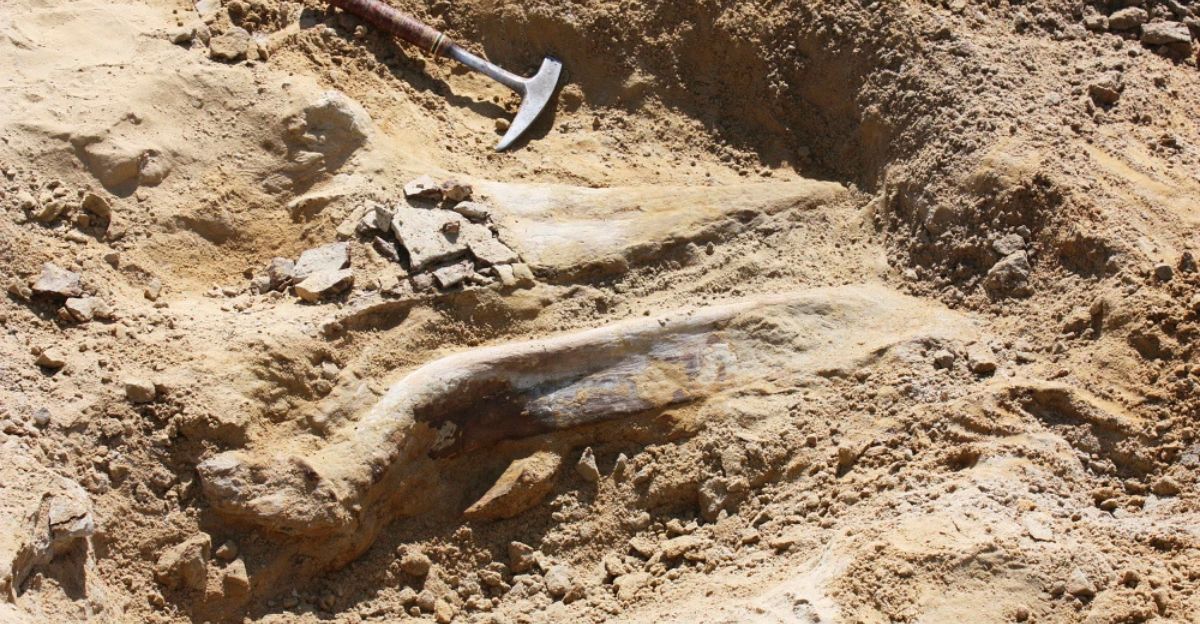
The region’s fossil discoveries date back to the late 1800s, with notable finds such as the first Triceratops in 1887 and continual unearthing of dinosaur bones, including rare specimens like Torosaurus and Ornithomimus.
The city sits on the Denver Basin, full of buried remains. The new bone was found deeper than any previous fossil, making people wonder how many layers of history lie below Denver’s streets. Local scientists have used every new find to learn more about Denver’s prehistoric world.
Tension Builds
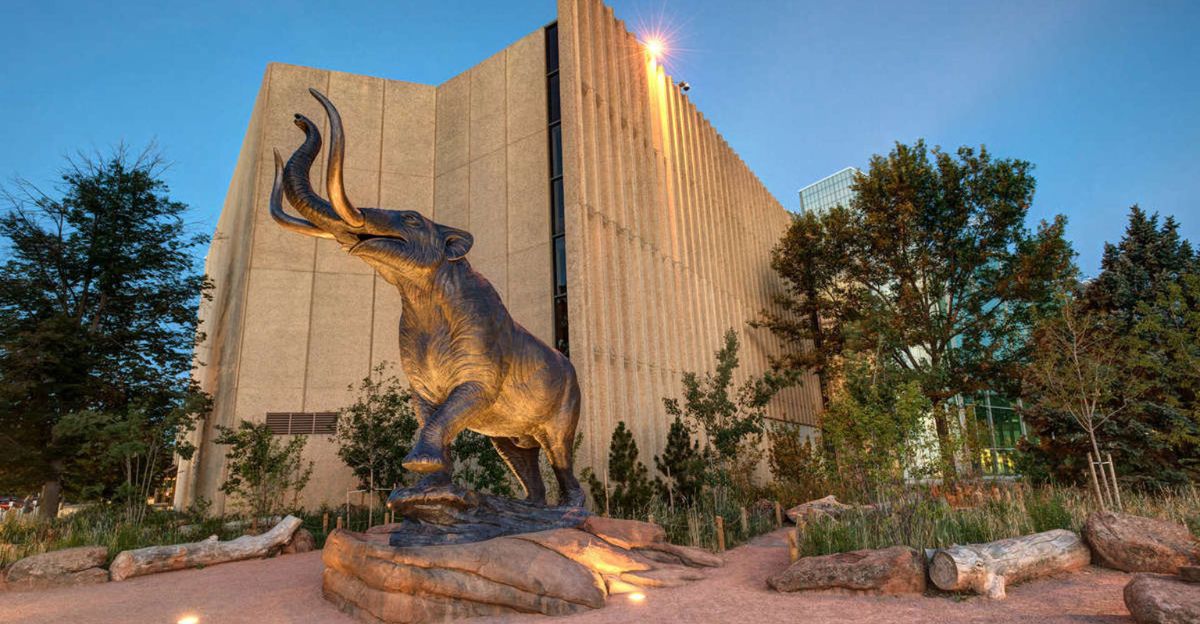
Once a partial dinosaur vertebra was spotted among the rocks extracted 763 feet below the parking lot, museum leaders scrambled to assemble experts in paleontology and geology. Careful handling became crucial, as the specimen was extremely fragile and embedded in ancient rock from the late Cretaceous period.
The team worked under pressure to prove whether this was Denver’s deepest dinosaur fossil. City workers, energy experts, and researchers wanted answers about how the bone survived for millions of years. Drill work continued with greater caution, since this fossil could change local history.
Confirming the Age
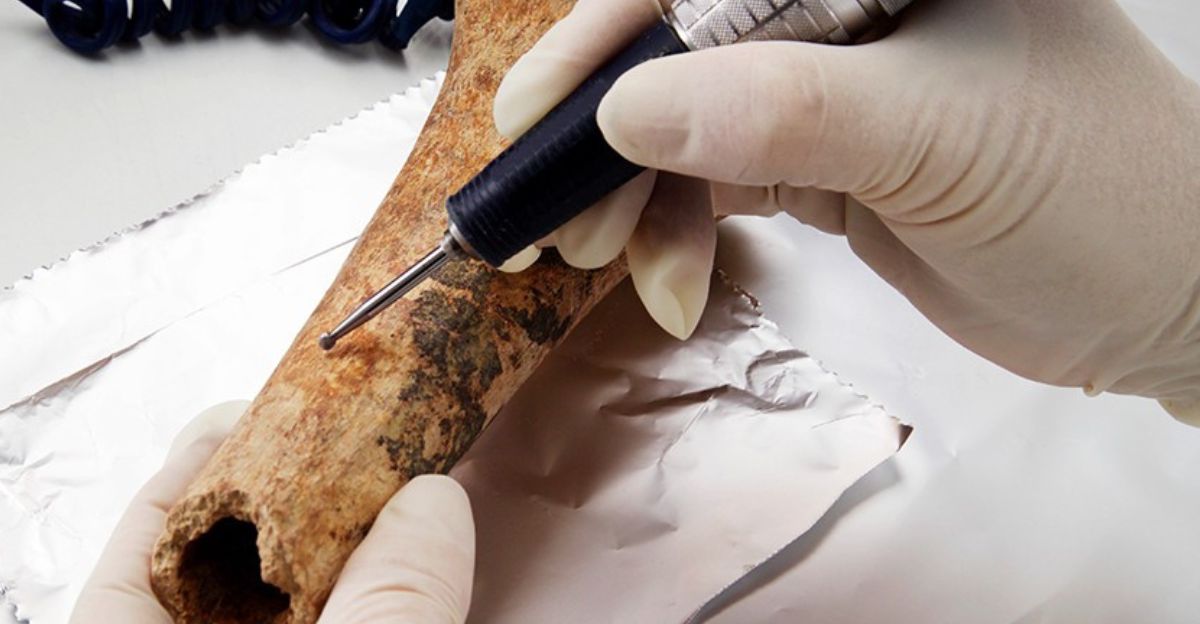
After studying the rock sample, scientists confirmed it was part of a dinosaur’s backbone from the late Cretaceous period, dating back about 67.5 million years. To be more precise, scientists correlated the drill sample with geological maps and satellite elevation data, establishing the fossil’s place in the timeline of Denver’s ancient landscape.
Experts have used advanced dating techniques and studied its shape to prove its age. National news soon covered this record-breaking discovery. “No one had ever dated these fossils before,” said curator James Hagadorn.
Regional Impact
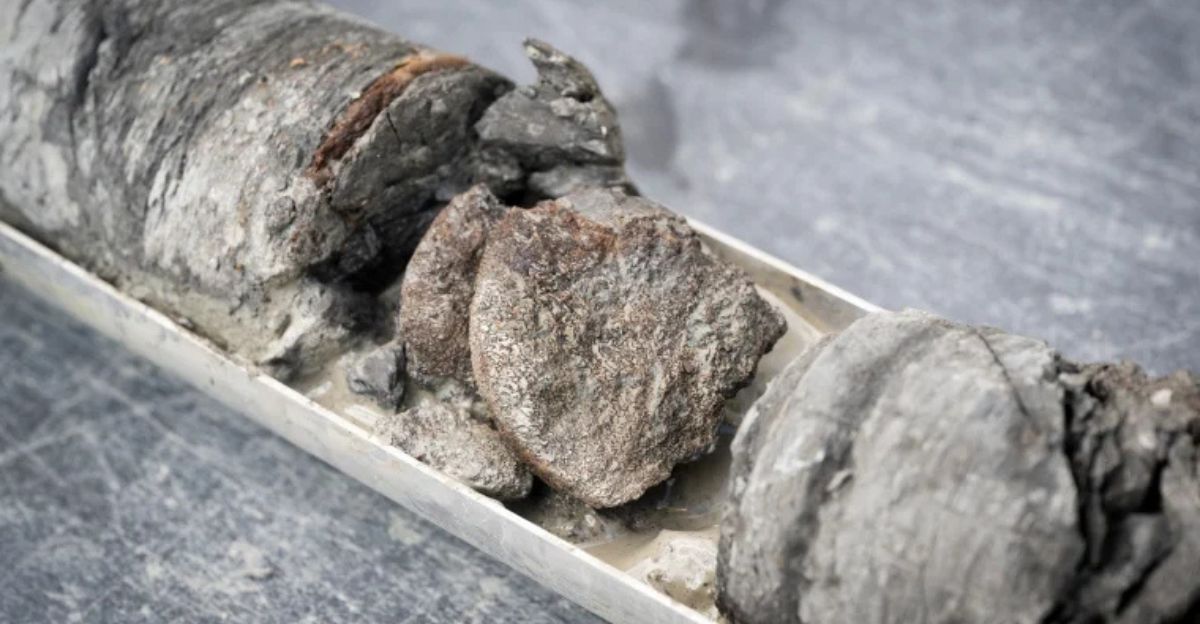
As word spread, the Denver Museum of Nature & Science became a lively hub of curiosity, drawing in families, educators, and school groups who wanted to learn more about this remarkable piece of history. Public programs and special events were quickly organized so people could see the fossil up close and hear directly from scientists about Denver’s prehistoric past.
The museum strengthened its role as the region’s cultural and scientific leader by sharing the fossil with the public and hosting educational events.
Personal Lens
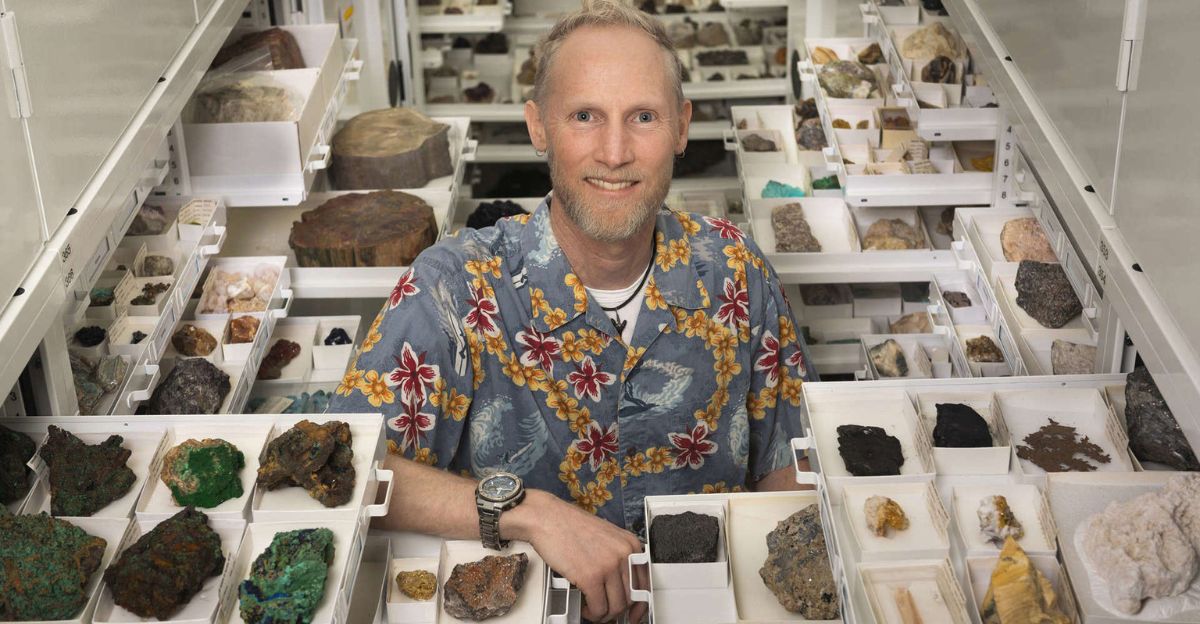
Museum workers, especially curator James Hagadorn, shared how exciting it felt to find and protect the fossil. Hagadorn explained, “This fossil offers a rare window into the ecosystem that once existed beneath modern-day Denver.”
Volunteers and lab staff described the careful work required to preserve such an important specimen. The discovery energized the museum’s paleontology team and inspired new interest among students and volunteers. Their excitement was matched only by their dedication to protecting and sharing the fossil with the public.
Scientific Ripple Effects
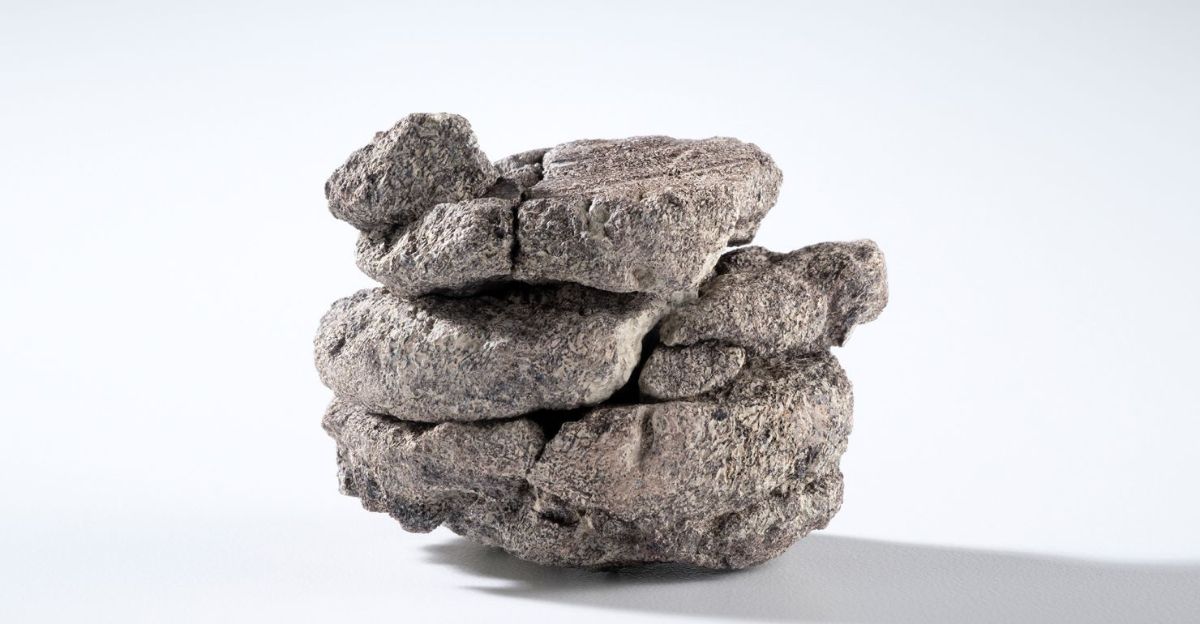
The fossil’s deep location made researchers rethink Denver’s ancient layers. Some scientists believe flooding, volcanoes, or shifting land buried these bones so deep. The museum worked with local universities to study rock samples and create computer models.
Local universities joined forces with the museum to analyze rock samples, simulate geological processes, and compare pollen grains and sediment types found near the fossil. The data suggested Denver was once home to lush forests and swamps, shifting the traditional understanding of the region’s ancient climate.
Expert Analysis
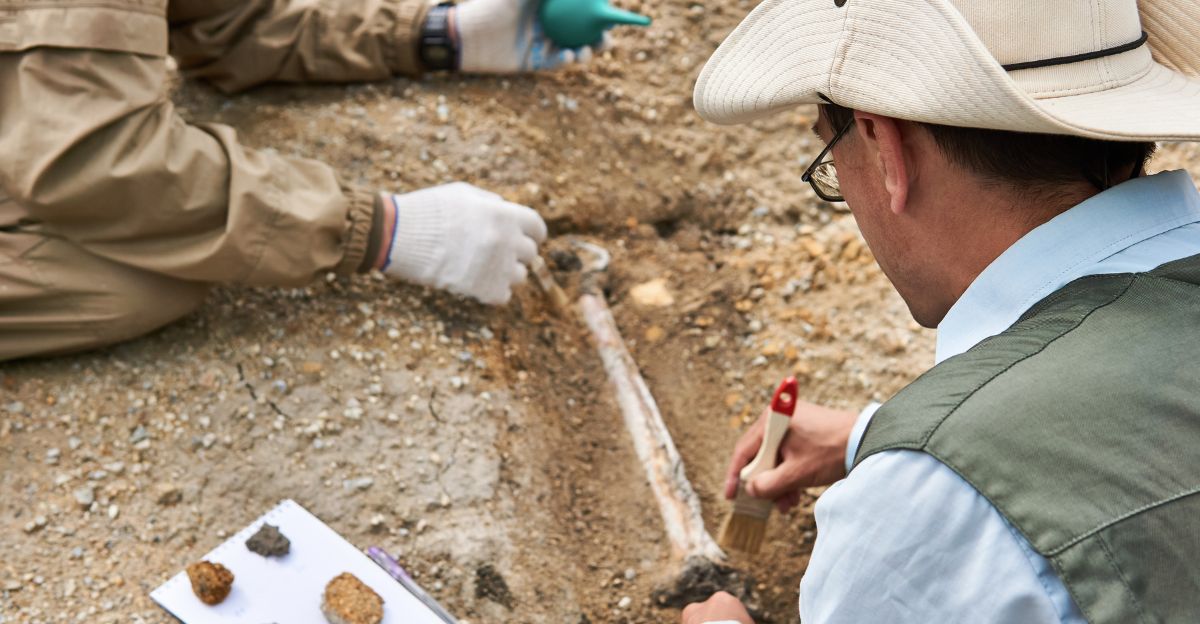
Several scientists said this fossil would change research on North American dinosaurs. Specialists identified the vertebra as belonging to an ornithopod, a bipedal plant-eating dinosaur that lived around 67 million years ago—just before the massive extinction that ended the dinosaur’s age.
“This may be the most unusual dinosaur discovery I have ever been a part of. Not only is it exceptionally rare to find any fossil as part of a drilling project, but the discovery provided an outstanding collaborative opportunity,” said Dr. Patrick O’Connor, Earth & Space Sciences director at the museum.
Ecosystem Window
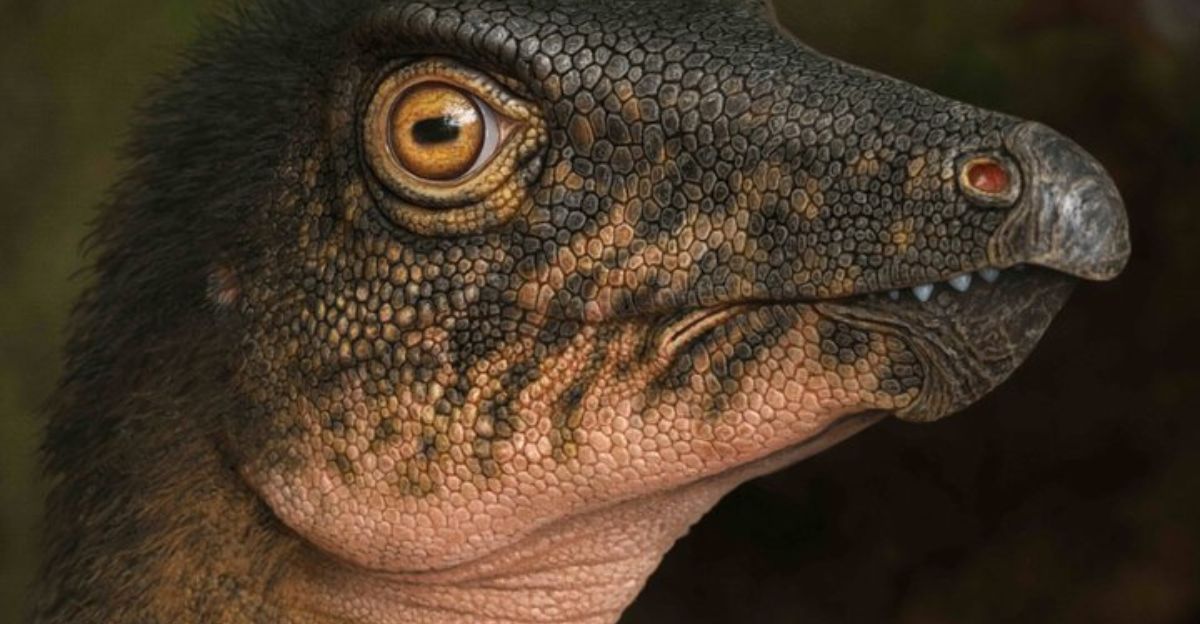
Dinosaurs like Thescelosaurus, small two-legged plant eaters, and larger herbivores such as Edmontosaurus roamed the region, sharing their home with fierce predators like Tyrannosaurus rex. Pollen and rock samples from the site confirm a climate much warmer and wetter than today, revealing how drastically Denver’s ecosystem has changed over millions of years.
“This fossil comes from an era just before the mass extinction that wiped out the dinosaurs, and it offers a rare window into the ecosystem that once existed right beneath modern-day Denver,” said Hagadorn.
Internal Response
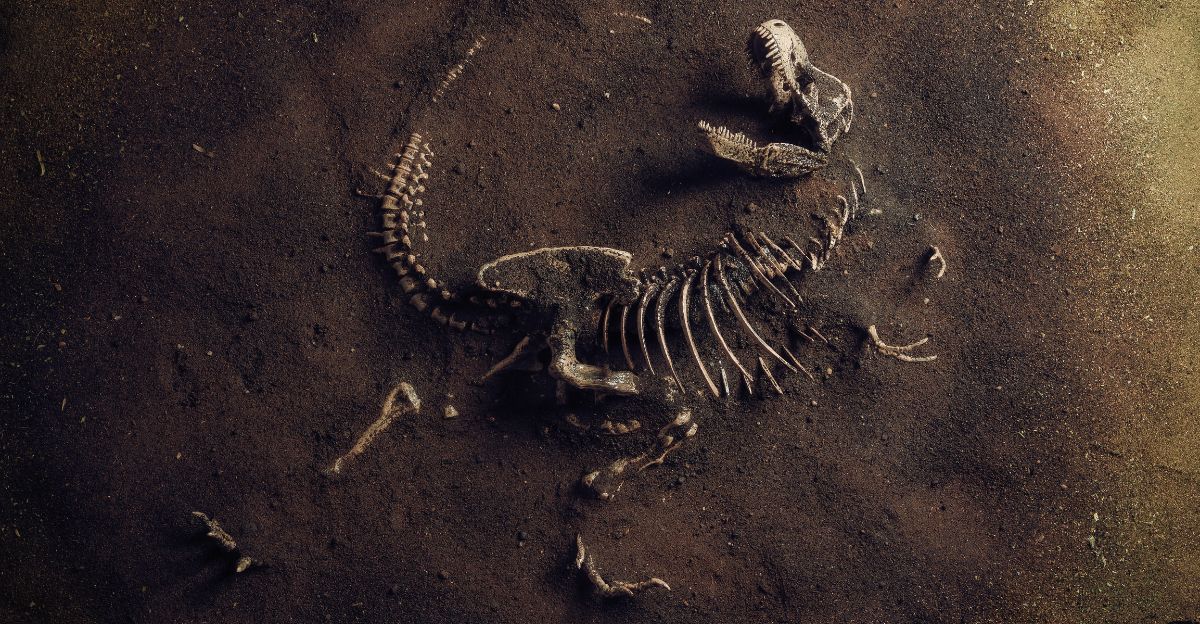
Teams worked under close supervision, ensuring the bone wasn’t damaged or lost throughout the extraction and study process. Given the find’s historical and scientific importance, additional security was assigned around the drilling equipment and museum collections to prevent theft or mishandling.
Specialized tools and systems were used for deep core extraction, allowing scientists to work with extreme precision. “In my 35 years at the Museum, we’ve never had an opportunity quite like this—to study the deep geologic layers with such precision,” said researcher Bob Raynolds.
Ownership & Rights
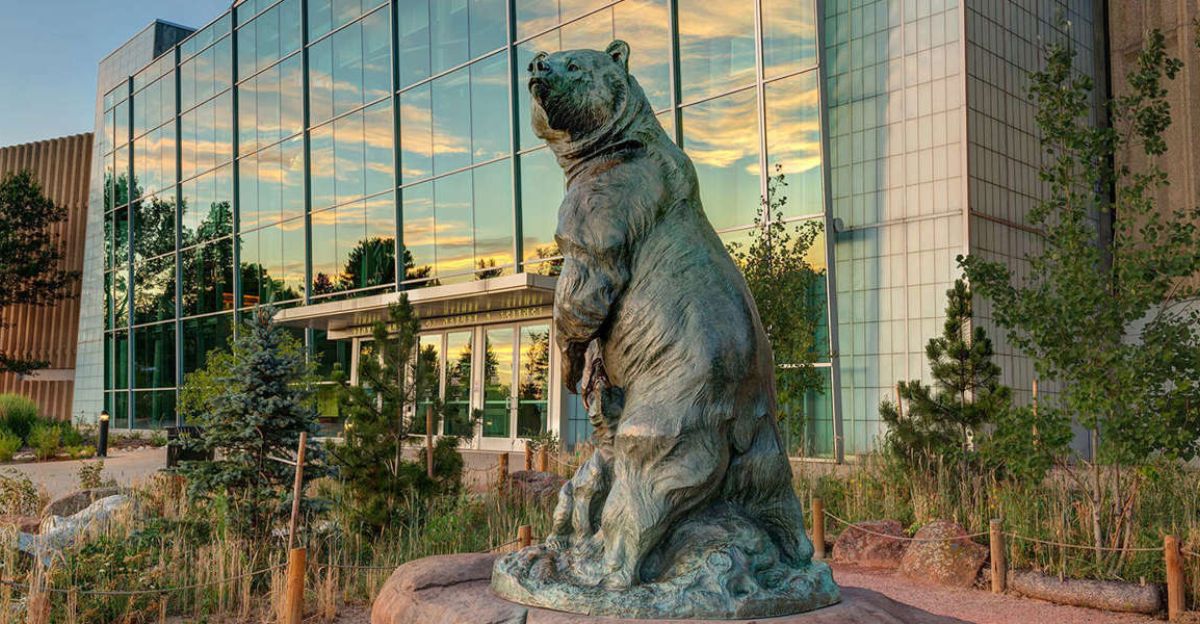
Soon, questions arose about who owns fossils found during museum energy projects. The museum worked with city officials to set rules for fossil care. Since the fossil was discovered on public property as part of a city-sponsored, publicly funded initiative, legal review determined the museum had clear stewardship of the specimen.
According to Colorado statutes, fossils uncovered on city land during scientific work typically belong to public institutions, not private individuals or companies. This legal framework guarantees that such discoveries are preserved for education and research, rather than lost to private ownership or commercial interests.
Community Engagement

The Denver Museum of Nature & Science hosted public events where locals could see the fossil up close, participate in interactive exhibits, and attend talks by leading scientists. These gatherings attracted school groups, families, and retirees, sparking curiosity and pride in the city’s hidden history.
Social media was heavily leveraged to reach a wider audience, turning the discovery into a talking point not just locally but across neighboring states. Museum educators led energetic workshops where participants learned how fossils are found and protected, deepening everyone’s understanding of paleontology.
Scientific Stewardship
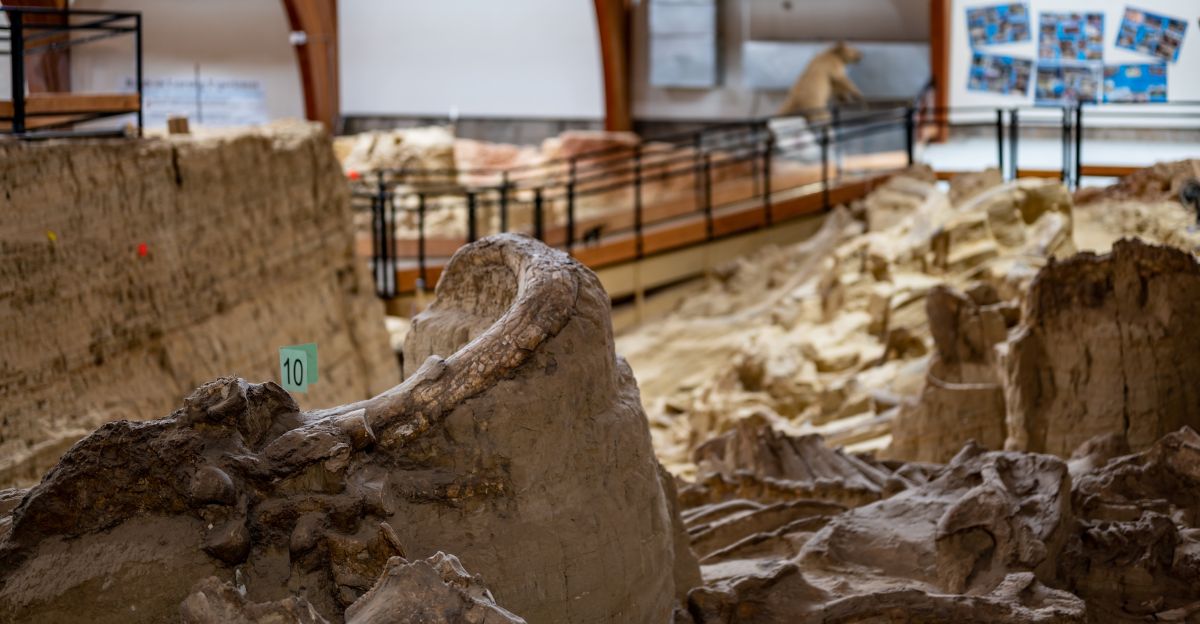
With ownership confirmed, the museum started new, careful processes for deep drilling and fossil collection. Safety and careful handling were top priorities, and university teams helped set high standards. This responsible approach recognizes the scientific value of fossils and encourages other institutions to adopt best practices for conservation.
Researchers kept detailed video logs and notes to document everything. The Denver discovery encouraged other museums to use similar high-quality research and preservation methods.
Looking Ahead
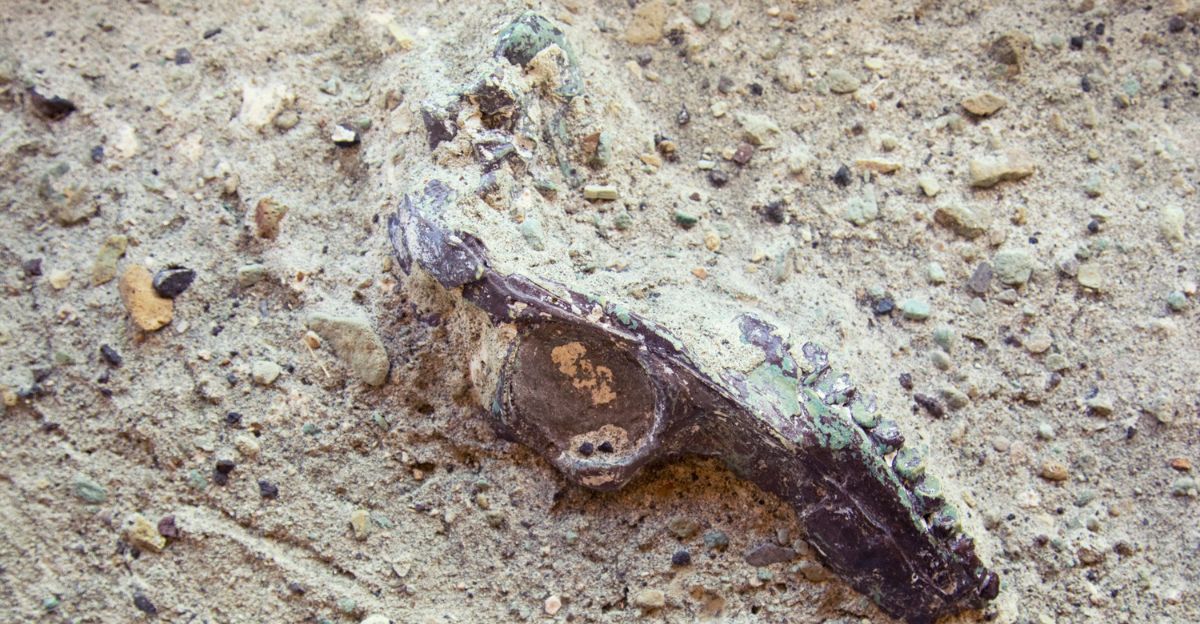
Scientists hope to drill at more city sites to find additional deep fossils. The museum’s success inspires other cities and museums to start their energy-plus-history projects. The excitement has inspired other museums and scientific institutions nationwide; many now aim to begin similar energy-and-science drilling projects in their own cities.
Funding proposals are underway to support expanded collaborations combining sustainable energy research with paleontology.
New Research Frontiers
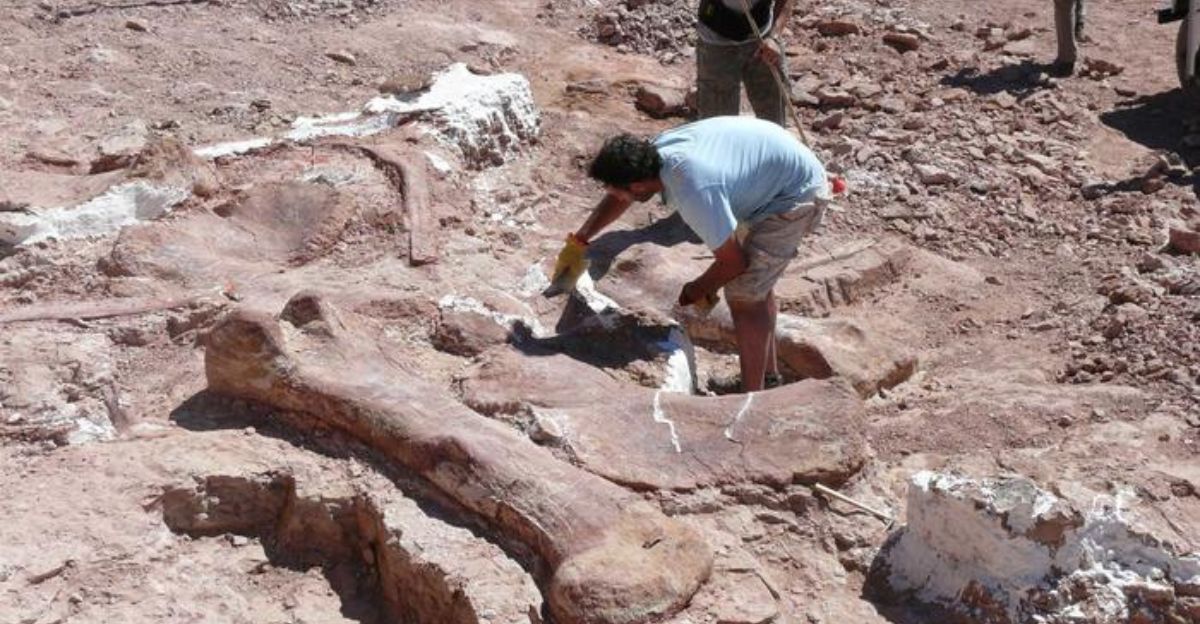
Universities are using data from Denver’s fossil core to improve maps of rocks beneath the city. The Colorado Energy Office began discussing how future geothermal drilling can balance energy needs with scientific discoveries. Lawmakers invited museum staff to share advice on linking research with city infrastructure. Thanks to this discovery, new rules for fossil protection and sampling may soon be developed.
Sector Ripple Effects
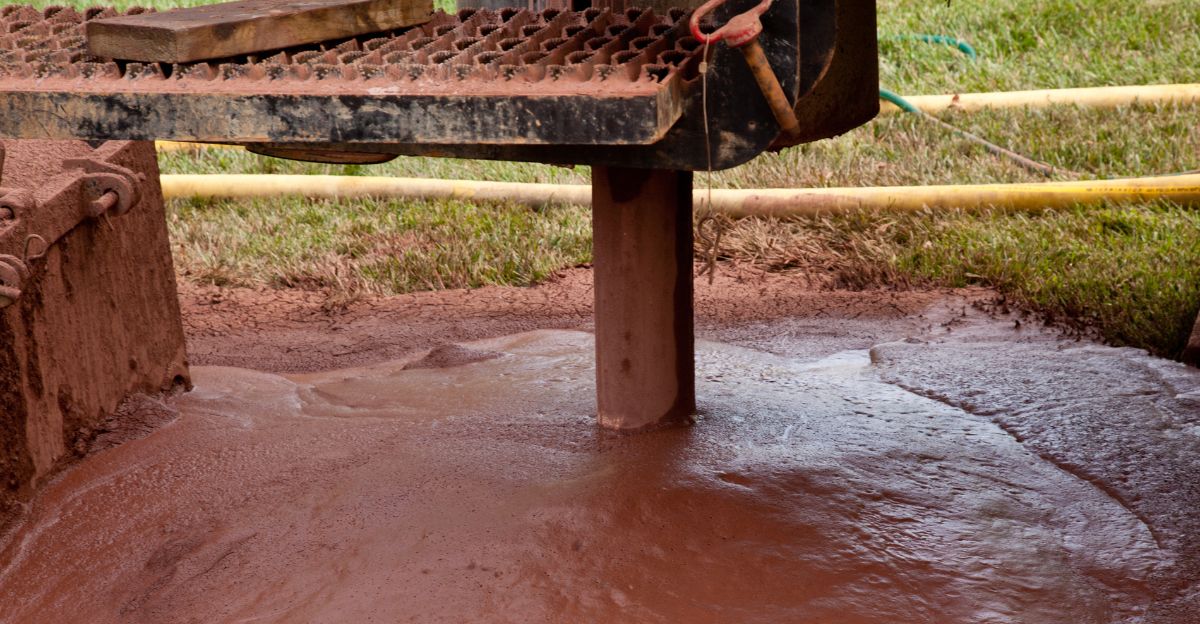
This fossil find influences energy companies and builders across the country, who now consider the possibility of hidden historical treasures while planning projects. Energy firms are now considering the possibility of uncovering scientifically important artifacts during routine drilling, leading them to develop new safety policies and incorporate archaeologists and paleontologists into their project teams.
Construction companies working in cities with rich geological histories are also rethinking their risk management. The threat of finding fossils can disrupt timelines, but it can also present valuable new opportunities for research and partnerships with local museums.
Social Lens

Thousands have heard about the fossil online, and some wild rumors are spreading fast. Museum experts responded quickly, holding public meetings and using social media to share accurate facts about the fossil’s age and depth.
“This fossil comes from an era just before the mass extinction that wiped out the dinosaurs,” said Hagadorn. The museum’s open communication helped stop misinformation and kept the public focused on the real science.
Historical Grounding
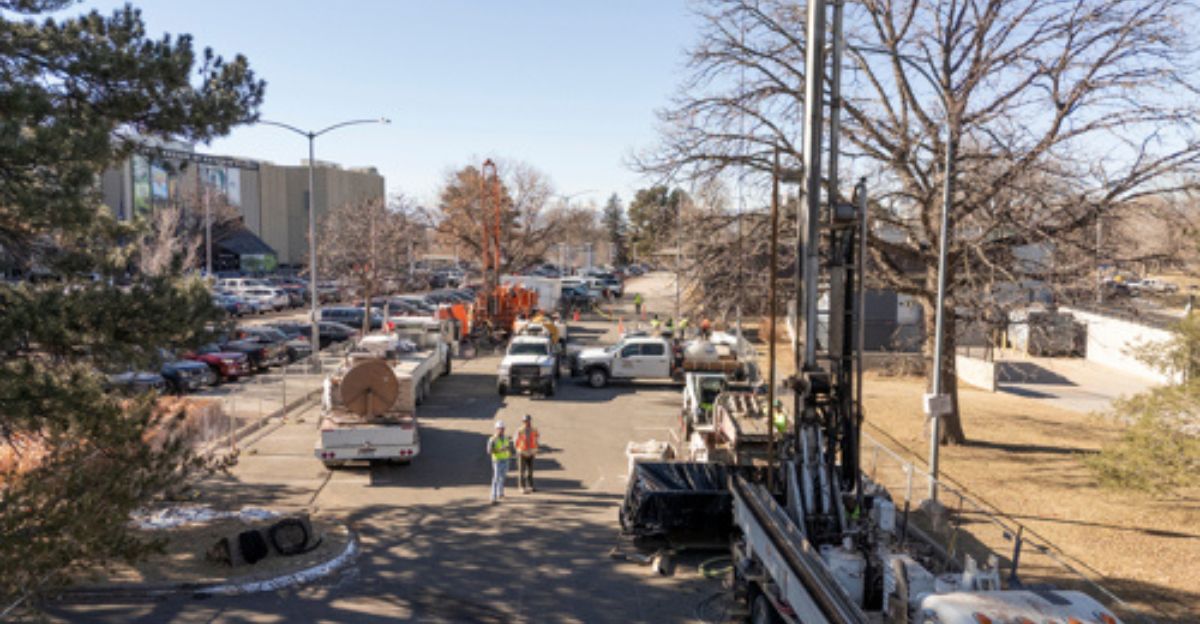
The Denver Museum of Nature & Science, founded in 1900 by Edwin Carter and Denver citizens, grew from a modest collection in a cabin to one of the country’s premier science museums. Throughout its history, the museum played a leading role in remarkable discoveries, like the Folsom points in 1926 that rewrote the timeline for human presence in North America.
These milestones set the stage for the recent parking lot fossil find, which marks another turning point in urban archaeology and scientific collaboration. The museum’s legacy, echoed in the words “a museum of natural history is never finished,” suggests that as technology and research expand, cities themselves may become shadows of ancient life.
A Find of a Lifetime
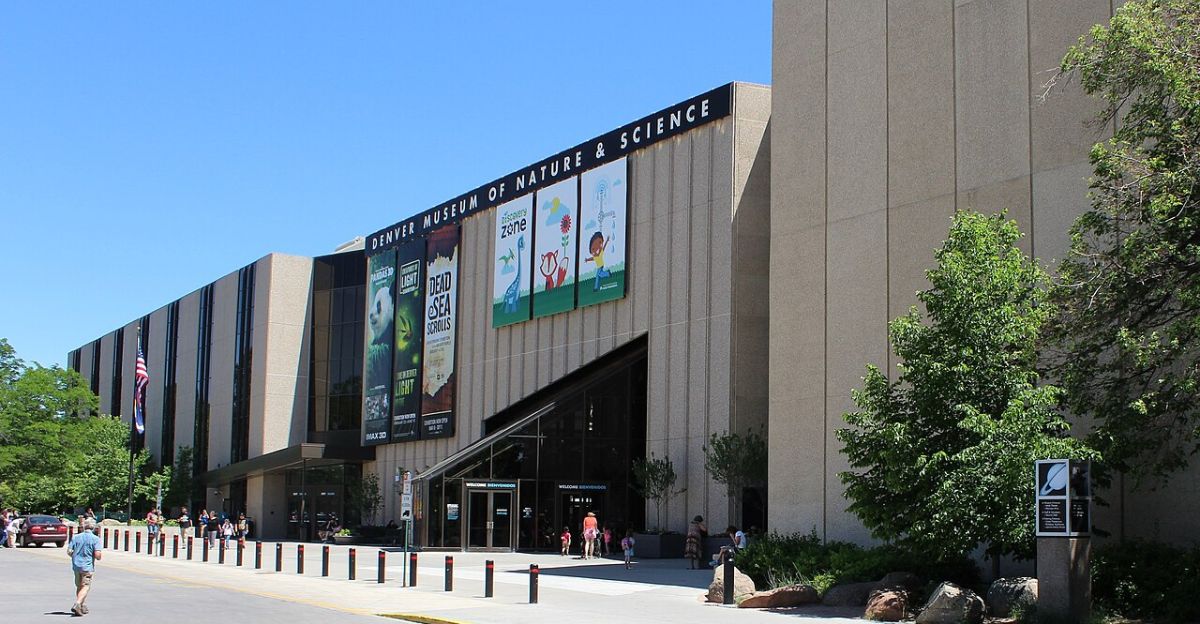
Denver’s deepest dinosaur fossil shows how everyday infrastructure projects can bring huge scientific surprises. “Finding a dinosaur bone in a core is like hitting a hole in one from the Moon,” said Hagadorn.
The find demonstrates the importance of collaboration between scientists and city planners, showing that remarkable discoveries can be made when different fields work together. It also encourages other cities to look beneath their own streets for hidden treasures.